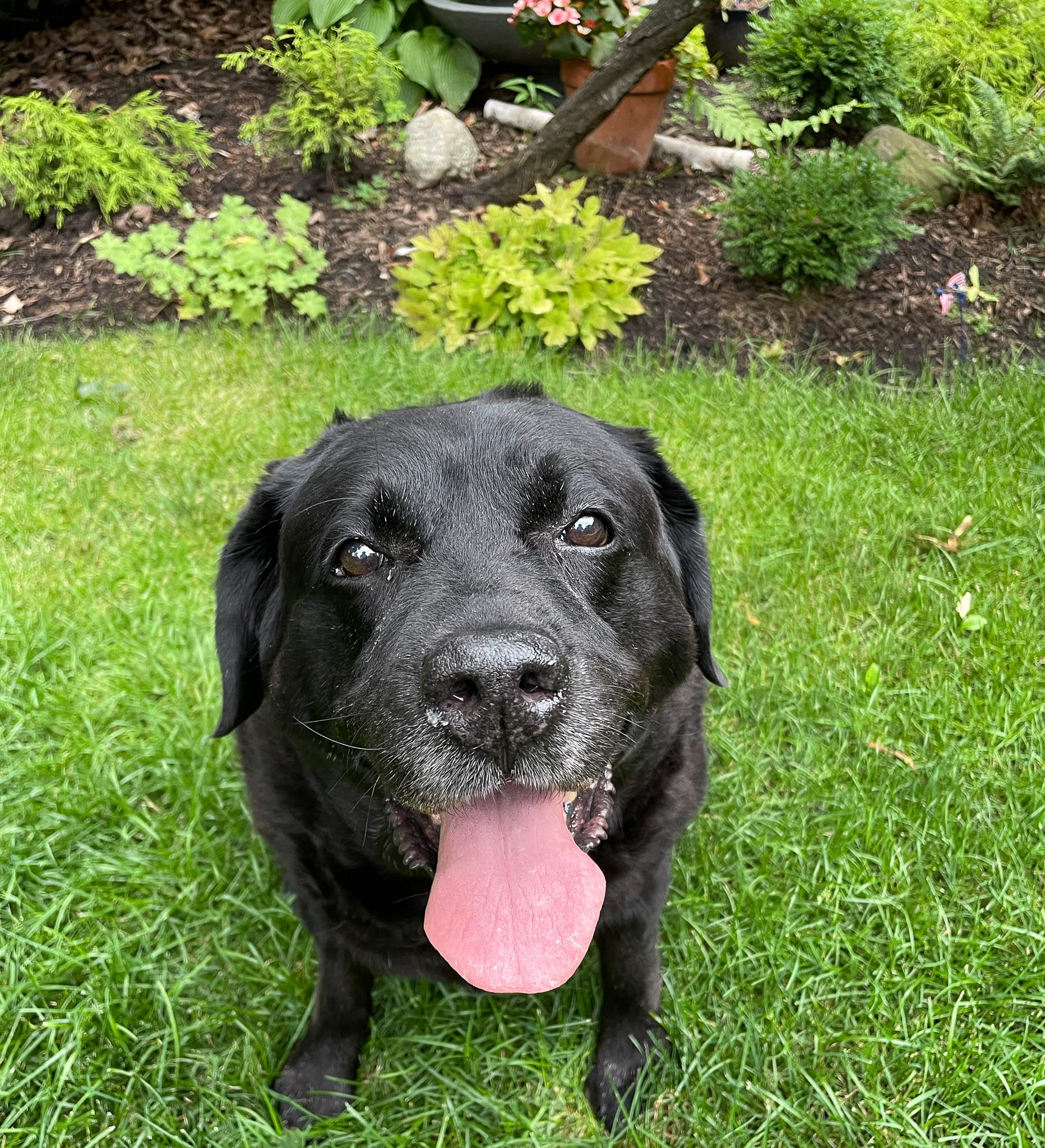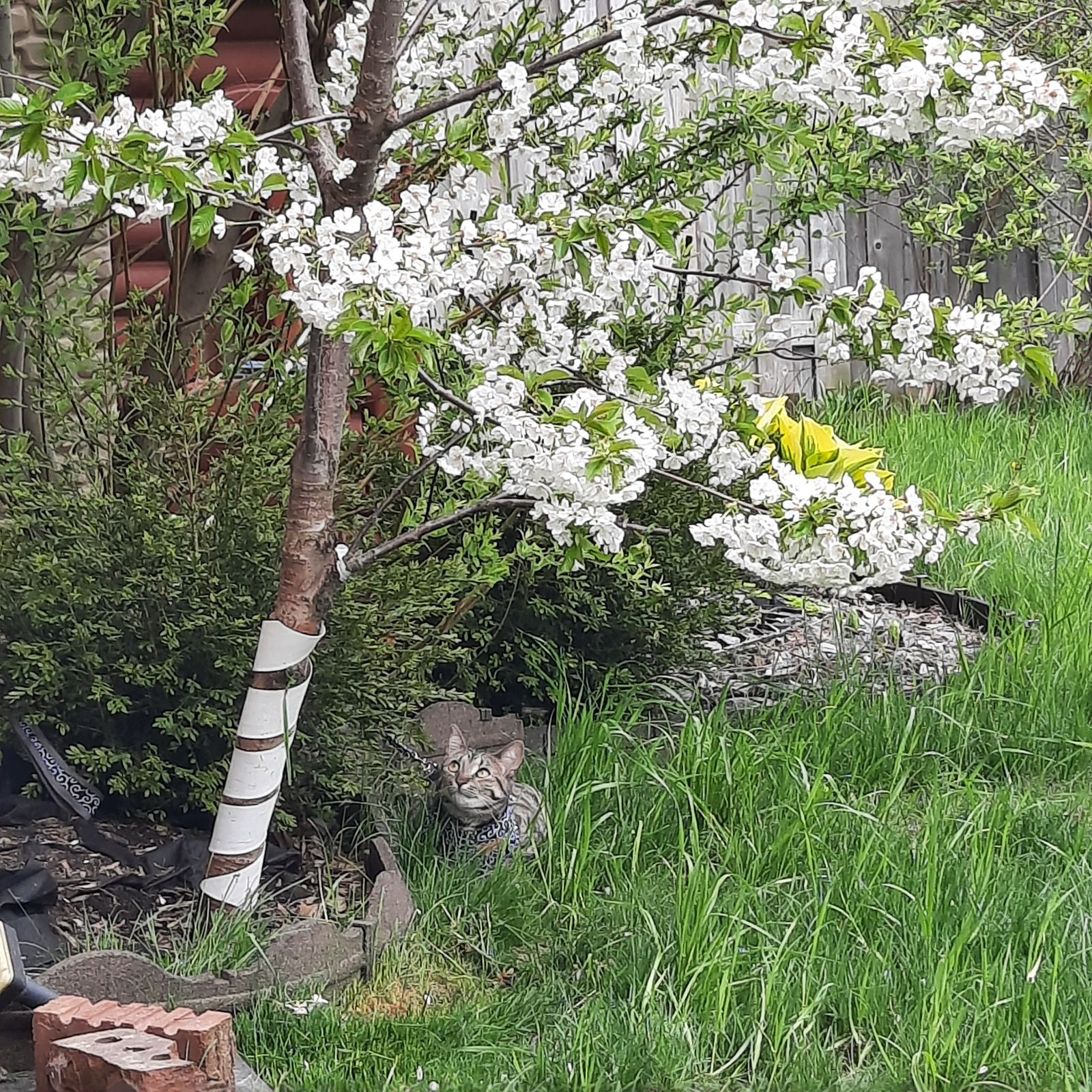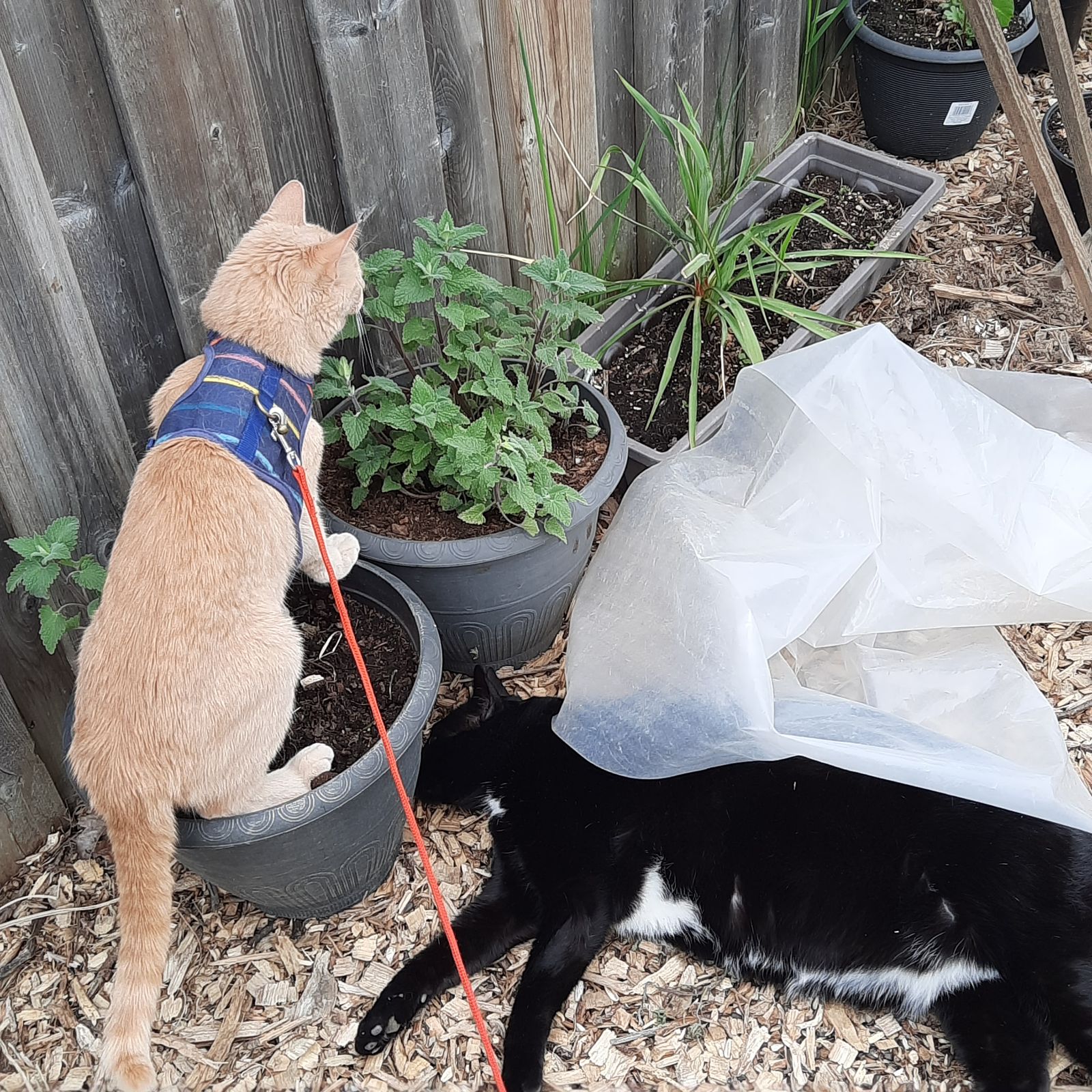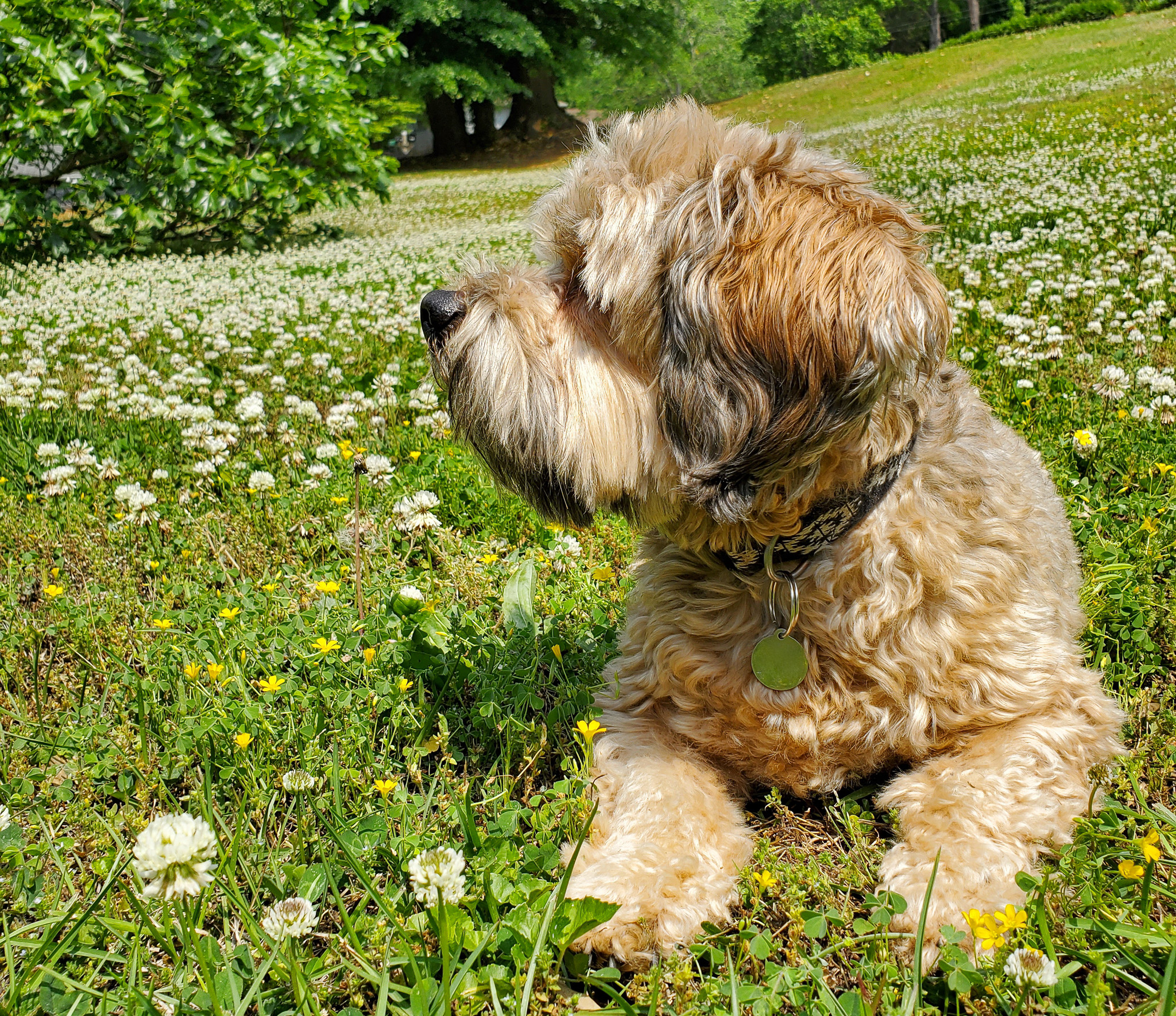If you’re a gardener with pets, no doubt they spend some time in or near the garden. While it’s essential to do some pet-proofing to your garden, it’s also fun to hang out with your pet, just relaxing in the garden. While your dog or cat probably won’t help you with any garden chores, they might love to help you enjoy the harvest. Our pets can enjoy many fruits and vegetables.
What Should Pets Eat?
There are debates about the “right” diet for cats and dogs. In the wild, dogs are omnivores. They eat meat, of course, but they also eat the stomachs of animals, which are usually full of fermenting plant material. Cats’ stomachs are very acidic, so they can survive primarily on meat. However, plant fiber can help feed the bacteria in cats’ stomachs. Some people feed their pets kibble, some choose wet food, some cook their pet’s meals from scratch, and some feed pets raw food. Ultimately, the choice is up to you, but if you want to give your pets some home-grown treats or you hope to enhance their health, sharing your garden bounty is a good way to do so.
It’s important to note that animals’ bodies digest and process some plants differently than us, and sometimes the wrong food can be harmful. Start with a small amount when giving your pet a new food for the first time. If you are feeding your pets packaged dried fruit, be sure xylitol isn’t used as a sweetener because it is toxic to animals. PetMD.com is a good place to find out which fruits and vegetables are safe for cats. The American Kennel Club has good information regarding dogs. It’s always a good idea to check with your pet’s vet before introducing new foods, especially if they have health concerns.
Dogs

Some dogs love fruit and veggies, and some want nothing to do with them! If your dog wants nothing to do with fresh veggies, you can try cooking them and adding them to your dog’s food. Fruit and veg can be an excellent way to add fiber to your pet’s diet, which can be lacking in kibble.
According to the AKC, here are some safe fruit and vegetables for dogs (not a complete list):
- Apples- make sure they don’t eat too many seeds
- Bananas- try blending up frozen bananas and peanut butter for a dog smoothie
- Blueberries- frozen blueberries are a nice treat on a hot day!
- Blackberries
- Broccoli
- Cabbage
- Cantaloupe
- Carrots- carrots make a good chew toy (supervise your pet so they don’t choke)
- Celery
- Cranberries- know any dogs who like them?
- Cucumbers
- Green beans- cooked green beans are a hit with a lot of dogs
- Ginger- technically an herb, but good for upset digestive systems
- Peaches
- Pears
- Peas
- Pumpkin-a great base for homemade dog treats and pumpkin seeds have essential fatty acids
- Raspberries
- Ripe tomatoes- small amounts of ripe tomatoes are okay
- Strawberries
- Watermelon
Fruit and vegetables to avoid:
- Asparagus- difficult for dogs to digest properly
- Avocado
- Cherries- the pits, stems, and leaves can cause problems
- Chives
- Garlic
- Grapes
- Green tomatoes
- Leeks
- Onions
According to the AKC, citrus and spinach are potentially safe but it’s better to avoid them. Dogs should only be fed cooked potatoes in small amounts, and they should never be fed green potatoes. Dogs shouldn’t eat green tomatoes or any part of a tomato plant.
Cats

Cats don’t have sweet taste receptors, so most don’t like fruit. Most cats will pick a platter of tuna over a pile of green beans, but if you have a cat with a sophisticated palette, you can try some snacks from the garden. If your cat won’t try fresh produce, you can dehydrate the fruit or veggies, then powder them, and sprinkle a little on their food. And of course, cats (and dogs) usually love catnip!
Safe fruit and vegetables according to PetMD (not a complete list):
- Apples
- Asparagus
- Bananas
- Blueberries
- Blackberries
- Broccoli
- Cantaloupe
- Cranberries
- Cucumber
- Ginger- an herb that’s good for upset digestive systems
- Pear
- Peas
- Peppers
- Pumpkin
- Raspberries
- Ripe tomatoes
Fruit and vegetables to avoid:
- Chives
- Citrus
- Garlic
- Green tomatoes
- Leeks
- Onions
- Rhubarb
The same applies to potatoes for cats and dogs: cook potatoes before serving and never feed them green potatoes. Cats can have tiny pieces of ripe tomatoes. They should never eat green tomatoes or any other part of a tomato plant.

Other Pets:
Birds:
Birds can and should eat a lot of fruit and vegetables. This website is a good resource for learning more about what is safe. Avoid garlic, onions, avocados, and head lettuce varieties that are high in water content.
Gerbils and Hamsters:
Be mindful of the amount of fresh fruit and vegetables that hamsters and gerbils eat. Too many snacks high in water content can cause gastrointestinal distress. Keep your serving sizes small. These pets can safely enjoy apples, bananas, berries, lettuce, kale, pumpkin seeds, sunflower seeds, and more!
Rabbits:
These veggie lovers will eat almost every plant in a garden! However, rabbits are not recommended to eat onions, leeks, garlic, raw potatoes, or iceberg lettuce. Dark and leafy lettuce is okay.
Fish:
I was surprised to learn that pet fish can eat treats from the garden. You might want to research all of the things that different types of fish can eat, but some produce fish can eat (according to research online, I am not a fish expert) are cucumber, lettuce, carrots, pieces of pumpkin, apples, pears, berries, and zucchini. Word on the internet says to avoid oranges and watermelon.
Peter, the creator of Planter, gives his fish red lettuce that has bolted. They love it!
Next time you’re out harvesting, see if anything sparks your pet’s interest. Their favorite garden treat might surprise you!
